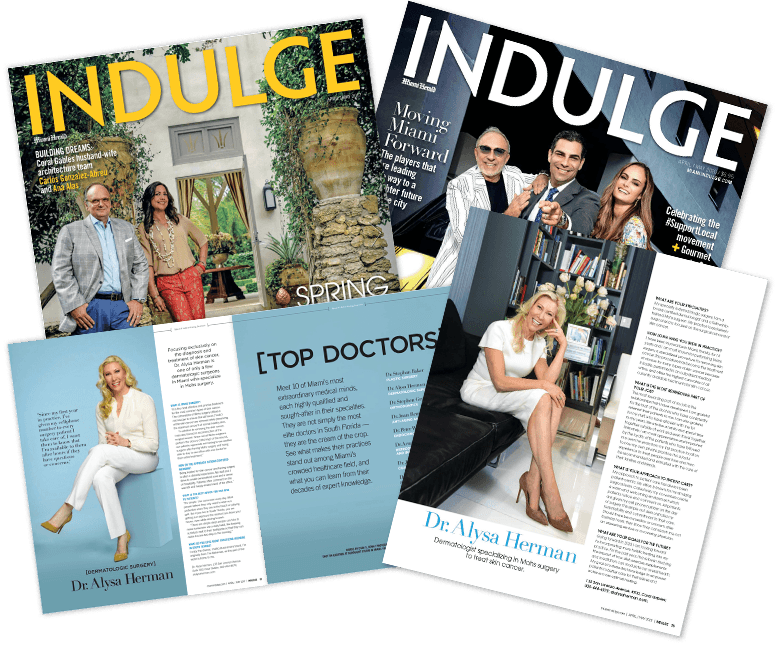Now that summer is here, and the sun is at its strongest, it’s a great time to review our safe sun habits so that we can enjoy our barbeques and picnics and days at the beach.
Let’s begin by reviewing important facts about the sun:
- The sun’s rays are strongest between 10am – 2pm.
- You can get sunburned even on a cloudy day because the sun’s ultraviolet radiation (UV) can penetrate through clouds.
- There is no safe or healthy tan and having a tan does not protect your skin from getting sunburned. Sunburn and suntan are both warning signs that show your skin’s reaction to damage from UV radiation.
- Tanning beds are not a safe alternative to sun tanning. They are a manufactured form of UV radiation and are so dangerous to the skin that legislation has recently been passed in many states to prevent people under age 18 from using them.
- We don’t realize how much sun exposure we receive and that we’re in the sun all the time. When you drive in your car, you receive UV radiation through the windshield and windows of your car.
- No sunscreen currently available on the market provides all day protection. This means you must reapply every 2 hours that you are outdoors to ensure adequate coverage.
- A sunscreen with an SPF 60 does not provide twice as much protection as an SPF 30. Make sure to apply enough product and reapply after swimming or exercise.
- Sun exposure is responsible for 90% of aging in the skin (wrinkles, dilated blood vessels, brown spots), so you can keep your skin healthy, as well as looking young and attractive, by using daily sun protection.
So, let’s develop a sun protection strategy. Think of protecting your skin as being similar to cross-training where you implement several different tools to achieve the greatest results. When it comes to sun protection, your first and most important step is to use a broad spectrum sunscreen with a minimum SPF of 30 everyday, rain or shine. Broad spectrum means that the sunscreen protects against both UVA and UVB radiation.
These ultraviolet rays are responsible for causing sunburn as well as damaging changes in the skin’s genetic material (its DNA) that leads to the development of skin cancer. In addition to daily sunscreen, we all need to use protective clothing as an additional layer of protection.
Wide-brimmed hats protect the often neglected ears and scalp and help shield the face from the sun’s rays. Sunglasses with ultraviolet protection not only make it comfortable to see amidst the brightness and intensity of midday sun, but shield the eyes from the damaging rays that can lead to the formation of cataracts. When it comes to protective clothing, the tighter the weave of the article of clothing, the more protection you will receive.
The original sun protective garments were made of stiff fabrics and were not particularly fashionable but these days, there are many companies like Bloq UV and Coolibar that manufacture clothes that are soft, comfortable to wear and stylish.
Another sun protection measure, which will also improve your overall health, is to consistently eat a diet that is rich in brightly-colored fruits as well as dark green vegetables. These foods are high in antioxidants which help the skin destroy the free radicals that are produced by UV radiation. It is well-understood that free radicals contribute to aging of the skin in the form of wrinkles as well as creating damage in the skin’s DNA that leads to the development of skin cancer.
You can further boost the level of antioxidants in the skin by taking oral supplements of antioxidants which are widely available in health food stores.
One particularly interesting antioxidant is Polypodium leucotomos, a fern extract from a South American plant.
Several companies manufacture supplements which contain this specific antioxidant that research has shown to reduce the severity of sunburn, decrease inflammation and protect against free radical damage in the skin.
While this supplement has optimistically been called the sunscreen pill, and is often advertised as being an oral sunscreen, until more research confirms and quantifies its protective benefits, it should be used as only one part of a larger, comprehensive sun protection program.
Wishing you a happy, fun-filled, and sunprotected summer!
View the full article Summer: Beware of the Sun.






